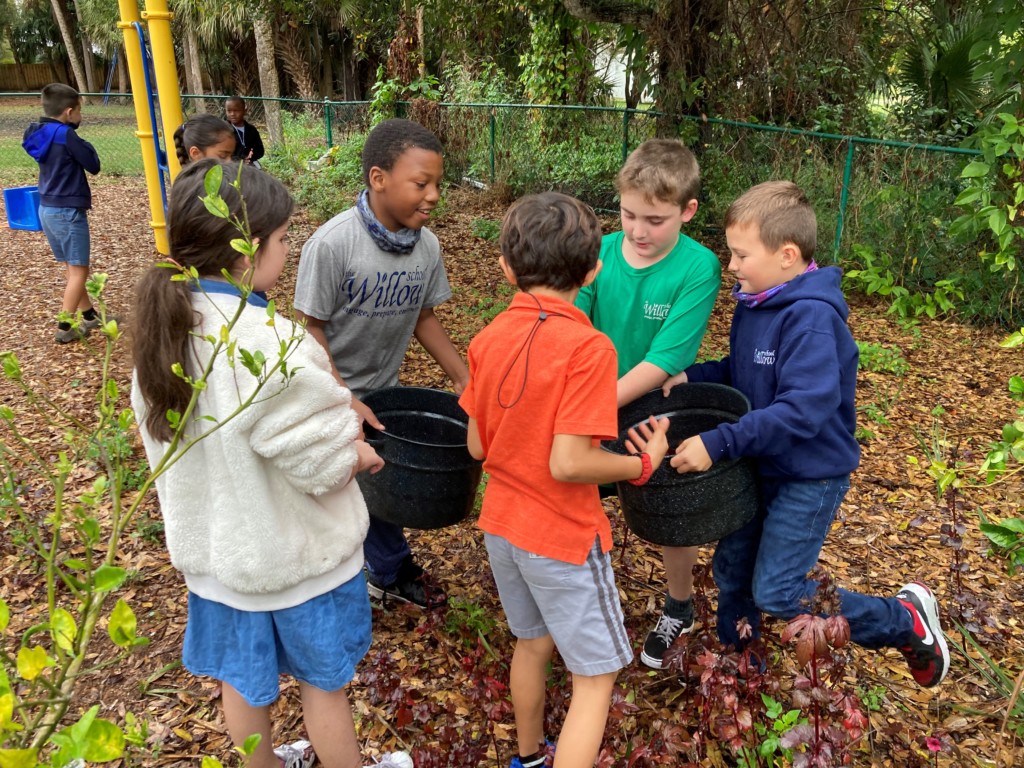
Editor’s note: In this commentary, American Federation for Children chairman Bill Oberndorf explains a state-based strategy for advancing school choice in an interview with Education Next senior editor Paul Peterson. The interview first appeared on the Education Next website.
Paul Peterson: Why did you decide to focus much of your philanthropy on helping disadvantaged children attend private school?
Bill Oberndorf: I felt extremely fortunate that I was able to attend a wonderful private school in Cleveland, and only because my grandparents set aside and saved money for the education of my brothers and me. I felt that every kid who wants to work hard in school, whose parents want something better for them, should have access to the kind of education that best fits the needs of that child. I feel that this is the civil-rights issue of our time.
Peterson: The idea of private-school choice through government-funded vouchers was proposed by Milton Friedman in the 1950s. Seventy years later, we have only a few such programs in this country. Why has it been so difficult to build public support for this idea?
Oberndorf: I remember talking to Milton Friedman about this shortly before he died. He said, “Well, we’re just about right on schedule. It takes decades for ideas to take root before they really can flourish.” So Milton was not deterred. The opposition has come from the teachers unions, which are such a powerful force and funding source for the Democratic Party that this has created major obstacles along the way. But the good news is that now there are private-school choice programs in 22 states. And 45 states plus D.C. have charter-school programs.
Peterson: Yes, but in recent years it seemed like progress was stalling out. In 2016 in Massachusetts, for example, a ballot initiative to expand charter schools was defeated, even though charter schools in Massachusetts seemed to be doing very well. There were also divisions within the school-choice movement, and the energy seemed to be disappearing. How were you assessing the state of school choice at that time?
Oberndorf: The charter-school movement had scaled up to around 3 million students enrolled, and suddenly, for the first time, that sector was feeling the kind of union opposition that the private-school choice movement had felt all along. This did create a lull, but since then, some important things have happened that have helped change the overall trajectory of the advocacy and implementation of private-school and charter-school choice.
To continue reading, click here.


